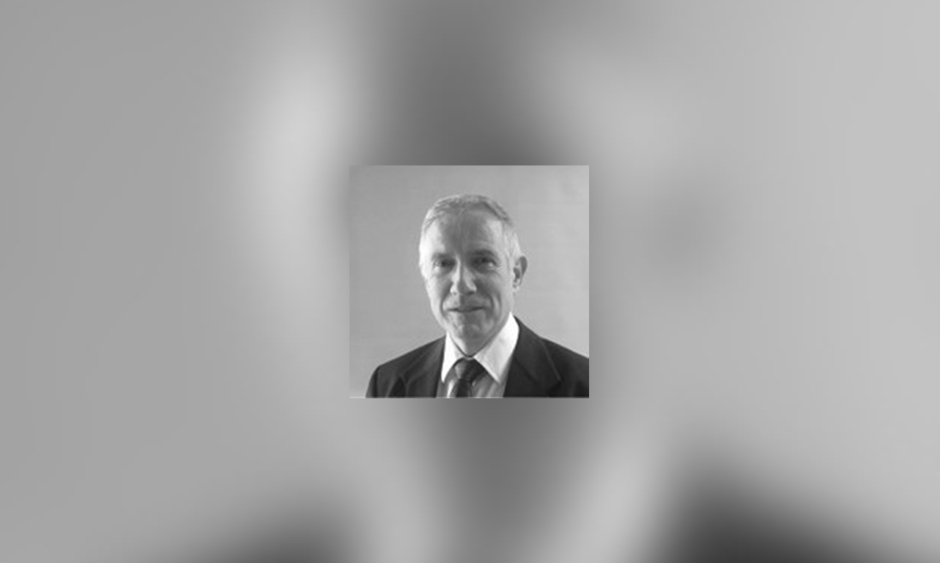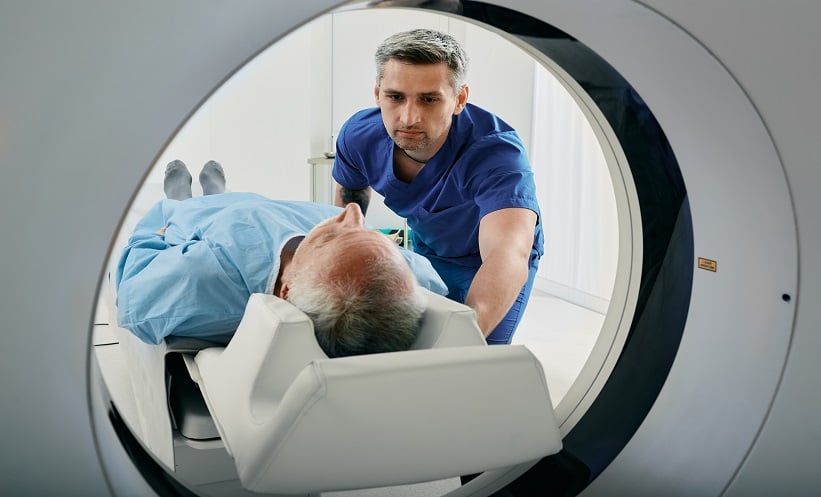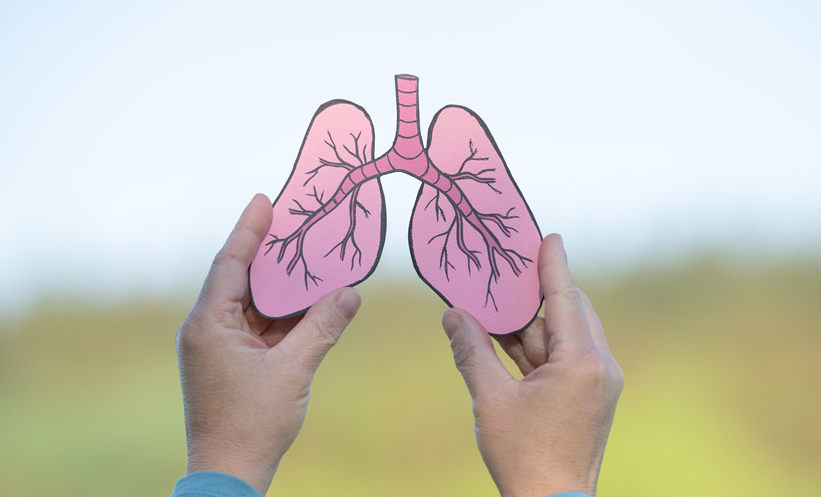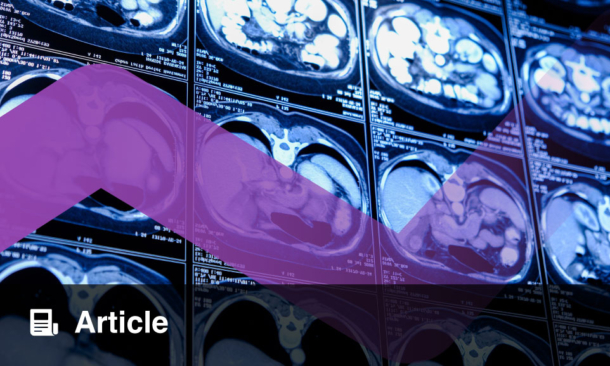Dr Adrian Brady | Mercy University Hospital, Cork, Ireland
Previous Chair of the European Society of Radiology (ESR) Quality, Safety & Standards (QSS) Committee, ESR 2nd Vice-President
![]()
Up until March 2020, you were the chair of the ESR QSS Committee. Could you tell us what your main duties were in this role and the committee’s mission?
I had the honour of chairing the QSS Committee from March 2017, and my 3-year term came to an end in March 2020, after which I was replaced by Dr Núria Bargalló Alabart, and became the ESR 2nd Vice-President.
As QSS Committee Chair, I sat on a number of subcommittees, and acted as a liaison between them and the ESR Executive Council. I co-ordinated the activities of these groups, where they intersect or overlap with one another, and worked to ensure that the overall goals of the ESR were pursued in an integrated manner by all the different subcommittees and working groups that come under the umbrella of the QSS Committee. I also represented the different arms of the QSS element of the ESR in other committees, again with the aim of ensuring that all our work was integrated and coherent.
As a member of the Executive Council (and now also of the Board of Directors), I participate in deliberation and decision-making about major activities and initiatives across all the breadth of ESR activity, in conjunction with other members of the Board of Directors and other committee chairs and Executive Council members.
The remit of the QSS Committee is to guide the Society in issues that relate to quality of radiology service, patient and staff safety, and standards for performance of our work. This is a very wide range of areas, encompassing activities such as radiation protection, clinical decision support, audit, eHealth and informatics, and much more.
Could you share with us some of the projects that the QSS Committee or associated subcommittees are currently working on, and the impacts that you hope they have?
Our Ultrasound Subcommittee has recently completed a major position paper for the society on performance of ultrasound, which aims to set out the standards under which ultrasound studies should be performed, and the level of knowledge and expertise that should be available to those performing ultrasound.
During ECR 2019, our Audit Subcommittee published version 2 of Esperanto, a guide to clinical audit and a tool to facilitate audit performance. The ESR, in conjunction with the European Society for Radiotherapy and Oncology (ESTRO) and European Association of Nuclear Medicine (EANM), is currently engaged in a 30-month European Commission project (QuADRANT) to establish the status of clinical audit in all European Union (EU) member countries.
The Radiation Protection Subcommittee and the ESR Eurosafe Imaging Initiative are working on different aspects of justification of radiological exposures, taking into account the new requirements under the EU Basic Safety Standards Directive (BSSD).
In 2019, the eHealth & Informatics Subcommittee participated in the writing and publication of a major multi-society statement on the ethics of artificial intelligence (AI) in radiology,¹ and is currently working on a paper on Blockchain technology in radiology AI.
The Referral Guidelines Subcommittee is continually engaged in validation and updating of our imaging guidelines, and in promotion of the ESR iGuide.
All of these projects, and the many others that are also underway, are designed to provide our members with information, standards, and supports, to help them meet legislative requirements, provide the highest-quality care possible, and understand new developments in our specialty. We liaise with many other professional and official bodies across our member countries, in efforts to promote safe, high-quality radiology practice.
As the Co-chair of the ESR/EFRS Working Group on Patient Safety and an experienced radiologist, how can radiologists protect patients and themselves from unnecessary exposure to radiation?
Radiation protection is fundamental to the education and daily practice of radiologists and radiographers, and is deeply imbued in all we do, from the beginning of our professional lives. Careful legislative control of radiation safety has been strengthened within the EU as a result of the recent translation into national law in all member countries of the BSSD. In our daily working lives, we all strive to ensure that patient exposure to radiation is kept to the minimum necessary to achieve healthcare benefit without risk, and to protect staff from exposure wherever possible. The recently published joint ESR/EFRS paper on patient safety² dealt with radiation safety, but also with many other aspects of patient safety, some not quite as obvious.
One very important aspect of radiation safety for patients is justification; legally and morally, any exposure to ionising radiation should be clinically justified, and radiologists and radiographers have important roles in ensuring that this principle is upheld. The use of decision-support tools (such as the ESR iGuide) in guiding referrers to appropriate use of imaging investigations is a key means of educating those who refer patients for radiological investigation to use radiology services wisely and safely.
Interest in AI is very prominent in the field of radiology, and is a focus of this year’s ESR Congress. How do you see the technology fitting into radiology, and what measures will be put in place to ensure that quality is upheld?
Undoubtedly, AI will alter how we practise radiology. Many fear that it may replace or displace human radiologists, but I believe that this fear is unwarranted. AI tools will automate many of the tasks we perform, and will guide us to new, beneficial outcomes from imaging (e.g., the use of radiomics for personalised prognostication) which are beyond our current visual-based skills. Radiologist time saved from tedious tasks (such as searching for lung nodules) can be deployed in enhanced consultation with referrers and directly with patients. If used wisely, AI tools have the potential to simultaneously benefit patients and increase the ability of radiologists to contribute positively to healthcare for the good of all. As with all new developments in medicine, rigorous post-implementation monitoring of AI products used in radiology will be required to ensure their safety and value; radiologists must be the arbiters of monitoring and maintaining this quality control.
You have spoken about ethics in AI in radiology and were involved in the joint statement from numerous renowned radiological associations. Are there any key concerns with regard to ethics for the use of AI in radiology, and if so, how can these be addressed?
AI is really all about data; where data come from, how they are used and manipulated, and what can be done with them. Algorithms are mathematical functions, and are intrinsically amoral; they will perform the functions they were designed to perform with no regard for the ethics behind the outcomes unless we, the humans who develop and implement them, build in ethical controls. There are significant ethical issues underpinning the use of patient data for development of radiology AI algorithms, and their use in practice. As we develop the science of AI in radiology, we must concurrently develop and implement ethical codes under which AI is utilised. These complex issues and potential solutions are discussed in the multi-society paper on ethics of AI in radiology published in October 2019.1
Throughout your career you have worked in and with institutions worldwide. Are there any significant differences in radiological practice and safety measures between the countries that you have experienced?
I received my medical and radiology training in Ireland, with further radiology fellowship training in Canada. I’ve been privileged to work as a radiologist in Ireland, Canada, and (very briefly) the UK, and to teach and lecture in many other countries. While there are differences in how medical care is organised and delivered among all countries, the fundamentals are universal. There is a thirst for and openness to radiology education everywhere, and a sincere desire to deliver the highest-possible quality of care with the available resources.
No country’s healthcare system is perfect. In an ideal world, I would like to see a system that delivers appropriate care in a timely fashion, in an affordable way, and without bias or discrimination, according to need.
One feature of some systems which I’ve observed is a sclerotic approach to new developments, which can lead to resource availability lagging years behind technical capability and clinical innovation. If increased access to diagnostics, especially radiology, confers proven benefit, then the radiologist and other staff numbers needed to deliver those services and the equipment they need to do their jobs must be provided. False economies of restricting resources to limit utilisation lead to worse outcomes in the long term, often at greater ultimate expense.
I’m very glad to be able to say that awareness of safety issues and the need for radiation protection is a very prominent part of radiologists’ lives everywhere The growth of initiatives such as Eurosafe Imaging (and other similar initiatives in other parts of the world) has been really helpful in establishing principles of safe practice and promoting education about safety.
You have published and spoken about potential errors in radiology. Are there any simple steps that radiologists and their department can take to reduce the occurrence of errors or discrepancies?
Humanity is inherently imperfect, and this also applies to our work, however we might wish it were otherwise. There is no magic formula to achieve perfect, reproducible accuracy in all radiology practice (or, indeed, in any other branch of medicine, or in life in general). The recognition of this does not, however, absolve radiologists of the imperative to take all steps available to minimise error. These steps begin with the recognition that error occurs. From this follows the need to educate ourselves about the reasons for error, and the common pitfalls into which we can fall. An open acknowledgement of the potential for error, and a willingness to learn from it come next, including structures for non-judgemental sharing of learning about mistakes and pitfalls (e.g., meetings in which we learn collectively from cases where errors have occurred). These steps can only be achieved if any fear of litigation or judgement is removed from the process; the threat of sanction for making a mistake works against the principle of learning openly from that mistake.
Are there any current challenges in radiology, and how they can be potentially overcome?
Life is full of challenges; isn’t that what makes it enjoyable? Since its beginning as a specialty, radiology has been subject to innovation and change, often at a rate much faster than most other specialties. New techniques and modalities have changed the way we do things, and the things we do, with every passing generation.
AI, machine learning, and radiomics may prove to be one of the most influential generation-defining changes in the current era. All radiology practice will, in time, be influenced by these tools, and they may fundamentally change the role of the radiologist. It’s incumbent on educators to prepare future colleagues for the world of algorithm-assisted radiology, and to ensure that radiology remains a human-led, empathic, and patient-centred specialty.
Our success as a specialty has led to another major challenge: the expectation that we can and should deliver increasing volumes of imaging at increasing speed. We must guard against becoming no more than a commodity, a virtual machine from which results are delivered after inputs of questions. Our centrality in patient care must be reflected by our willingness to deal directly with both referrers and patients. We must support critical thinking in determining what radiology usage is appropriate; clinical decision support tool use should become an automatic element of accessing our services.
The field of radiology is known for its rapid progression. What do you think the future holds for radiology?
This is perhaps the most difficult question asked here. The short answer is: ‘Change’. But if the same question had been asked at any period over the 125 years of radiology practice, the same answer could have been given. As I’ve said above, ours is a specialty that has continually revised and re-invented itself, as we have adapted to and exploited new developments. It’s easy to say we will change in the future, but much harder to identify what form that change will take. What I can say with certainty is that radiologists of the future will embrace whatever new developments come along, put them to good use, and learn ways to make them work for the benefit of patients. It’s what we do.








